When I first started running I used whatever sports shorts I happened to own at the time, and at the time what I had were baggy old gym shorts, some with the elastic thinning out. In college I was lucky enough to inherit from my roommate a pair of blue Nike running shorts. They were the first running shorts I’d ever owned and I thought it was brilliant the way the shorts were so light and airy and also had a handy inside pocket that fit a key or chapstick.
I still run in those shorts. Eventually I added a pair of Brooks running shorts to my collection and relied on doing regular laundry to have clean running shorts. For winter running I used sweatpants and old yoga pants until I found a pair of Adidas running pants that worked for cold weather runs. Eventually I added a pair of compression pants and then a pair of Nike capris for cool, but not cold, runs.
A couple months ago I reviewed the sports bra, tank, and pullover made by Gracie’s Gear. In addition to her tops, Gracie Updyke has a line of bottoms in her gear as well. Given my spartan collection of running shorts and the pair of too big Nike capri pants I have, I was more than happy to also review the Gracie’s Gear capris and shorts. Continue reading

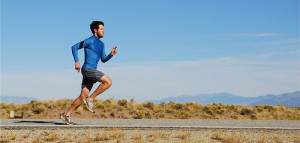
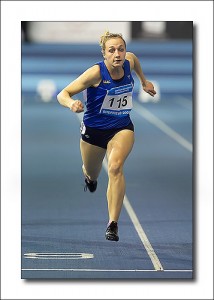
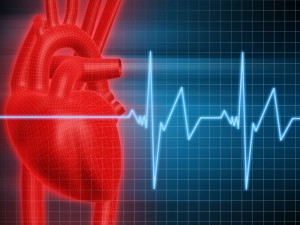 At the suggestion of a friend of mine who is an NSPA-certified instructor, I got a Polar
At the suggestion of a friend of mine who is an NSPA-certified instructor, I got a Polar 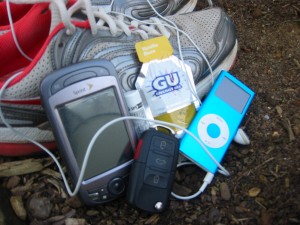 In college I read Tim O’Brien’s novel “The Things We Carry” during my junior year when I was participating in Semester at Sea. My English class during that semester read books related to the history, culture, lifestyles, and people of the countries we visited and since Vietnam was on the itinerary O’Brien’s novel was more than appropriate. If you have read the book you know that it’s about the
In college I read Tim O’Brien’s novel “The Things We Carry” during my junior year when I was participating in Semester at Sea. My English class during that semester read books related to the history, culture, lifestyles, and people of the countries we visited and since Vietnam was on the itinerary O’Brien’s novel was more than appropriate. If you have read the book you know that it’s about the 
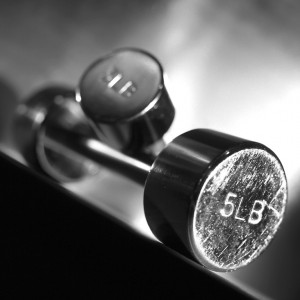 The lower back is an integral muscle in the core and having a strong lower back and core contributes greatly to being able to maintain
The lower back is an integral muscle in the core and having a strong lower back and core contributes greatly to being able to maintain